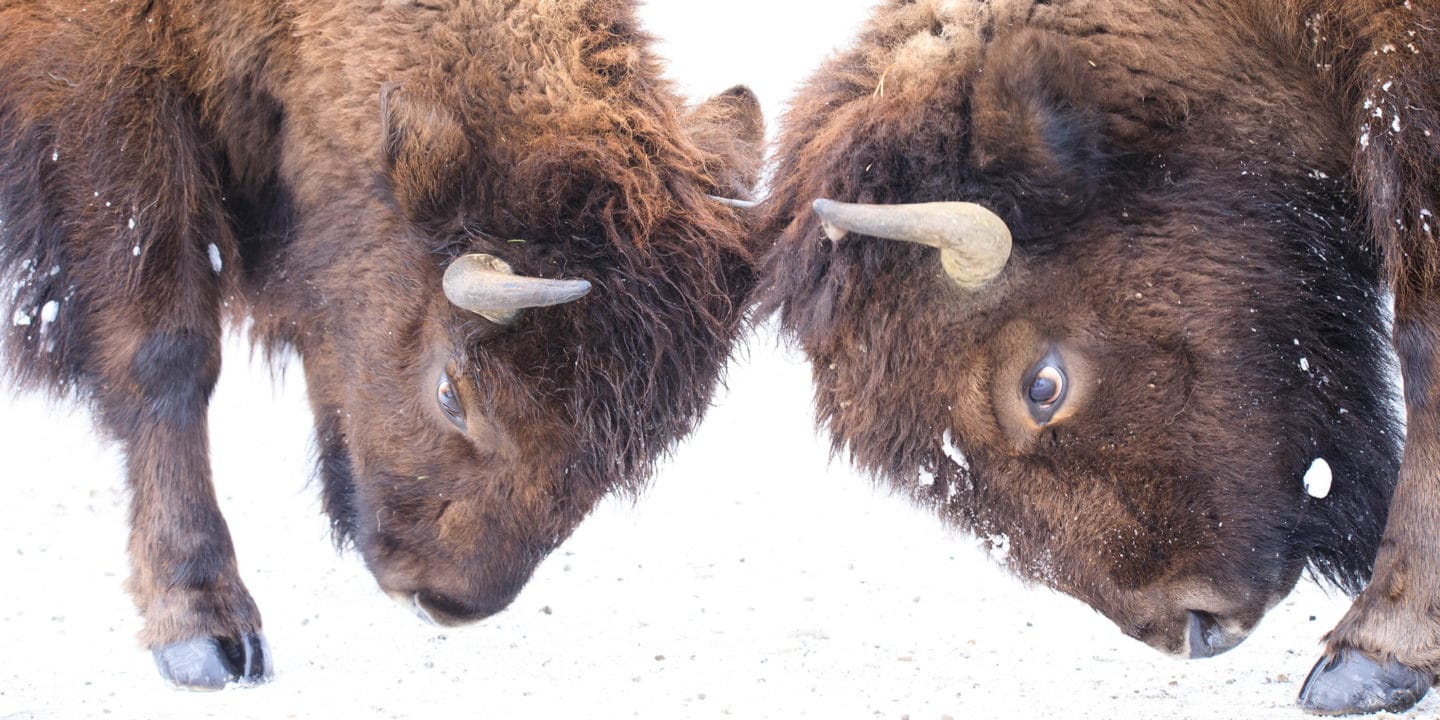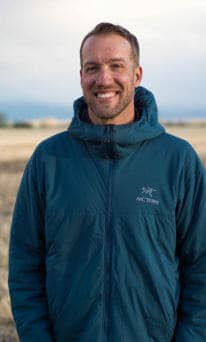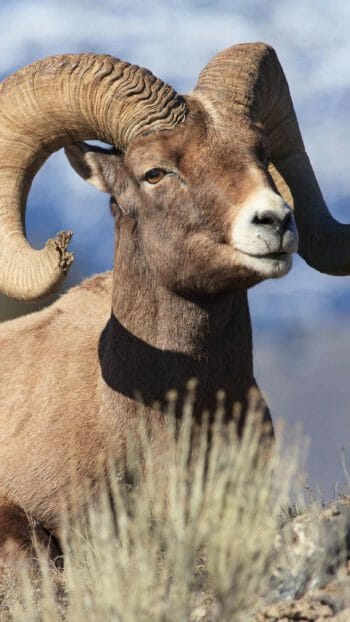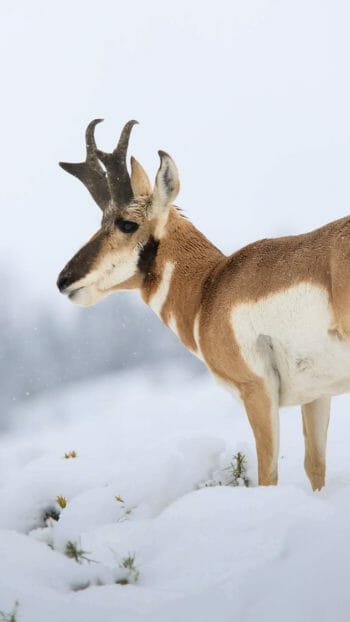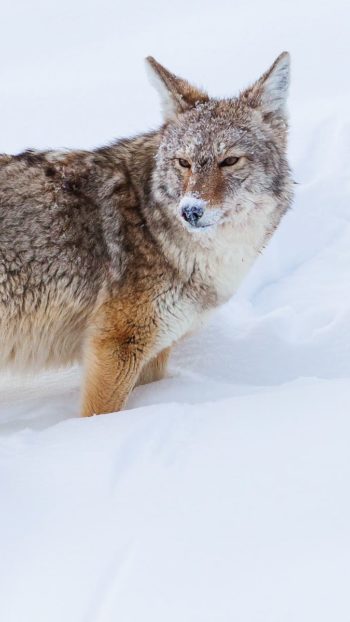What comes to mind when you hear the word “safari”?
For most people, the word conjures images of Africa, specifically the sprawling savannas of East Africa, teeming with throngs of wildebeest, zebras, gazelles, painted wolves, lions, leopards, jackals, and more. What many of us take for granted is that right here in Yellowstone we have the American analog of that iconic scene, a sprawling landscape bustling with bison, elk, pronghorn, gray wolves, grizzly bears, cougars, coyotes, and more. Traveling through what is often referred to as “America’s Serengeti,” Yellowstone Safari Company revels in the opportunity to continue the tradition of an authentic wildlife safari.
The word “safari” is Swahili for “journey,” and was adopted originally from the Arabic word “safara”, meaning “to travel.” Early safaris often involved hunting the animals seen, though Englishman Sir William Cornwallis Harris is often credited for popularizing the type of observational expedition in Africa that we know now as a safari back in the 1830’s. Lesser known is that during that exact time, British traveler Sir William Drummond Stewart was doing the same thing right here in the American West. The Great Plains of the United States were once home to some of the most abundant populations of wildlife found on Earth, and from the 1830’s through the 1870’s, European elites traveled to the New World to witness this marvel on their very own American safari.
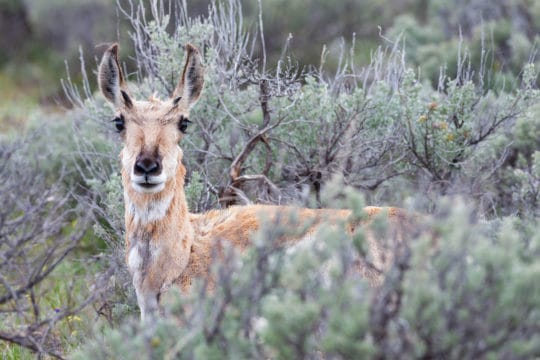
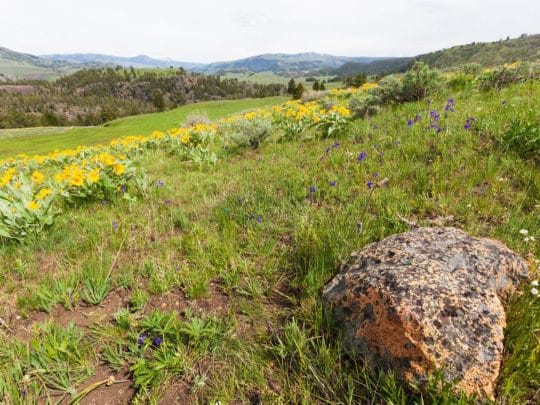
What seemed like an unlimited wilderness was soon pushed to its limits, as more people and more livestock advanced west across the country. From the 1820’s to the 1920’s, the Great Plains experienced what is likely the world’s largest decimation of terrestrial wildlife discoverable in modern history. Tens-of-millions of bison and pronghorn were slaughtered, more than a million wolves eliminated, and over a hundred thousand grizzly bears wiped from the landscape. All was not lost though. Wonderfully, and almost miraculously, the formidable terrain of the Rocky Mountains provided refuge for some of the last remnants of America’s most iconic wildlife species.
As the world’s first National Park, the original boundaries of Yellowstone serendipitously encapsulated millions of acres of prime wildlife habitat. Now, the park not only serves as the centerpiece for the Greater Yellowstone Ecosystem, considered the largest nearly-intact temperate ecosystem on Earth, but Yellowstone National Park also functions as the auspicious foundation from which more of our country’s wildlife restoration can emerge. There is a long journey ahead before we fully realize the true grandeur of America’s wildlife roaming wild across our country’s diverse landscapes again, but to become a part of that journey is what our safaris are all about.
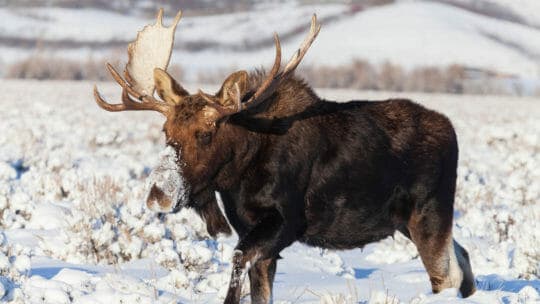
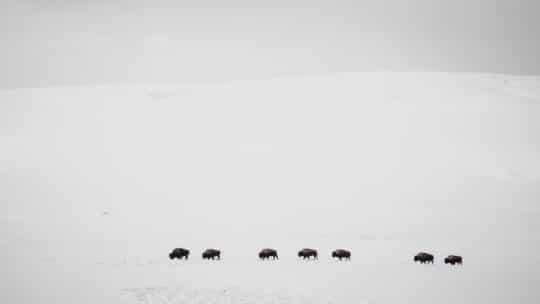
I’ve spent many weeks on safari throughout East Africa, and have marveled not only at the immense swarms of storied wildlife, but also at the professionalism and hospitality bestowed upon the guests by the tourism professionals there. The team here at Yellowstone Safari Company strives to meet and surpass those same noble principles. Throughout the planning and booking stages of your safari, our office staff will help you find the ideal expedition based off of your hopes and desires. Once your adventure is underway, our professional naturalist guides will work tirelessly to immerse you into your dream Yellowstone odyssey. Your safari through Yellowstone National Park is not unlike those from America’s past, or those underway today in the fabled Serengeti, and we all play a role in ensuring that this journey is able to continue for generations to come.
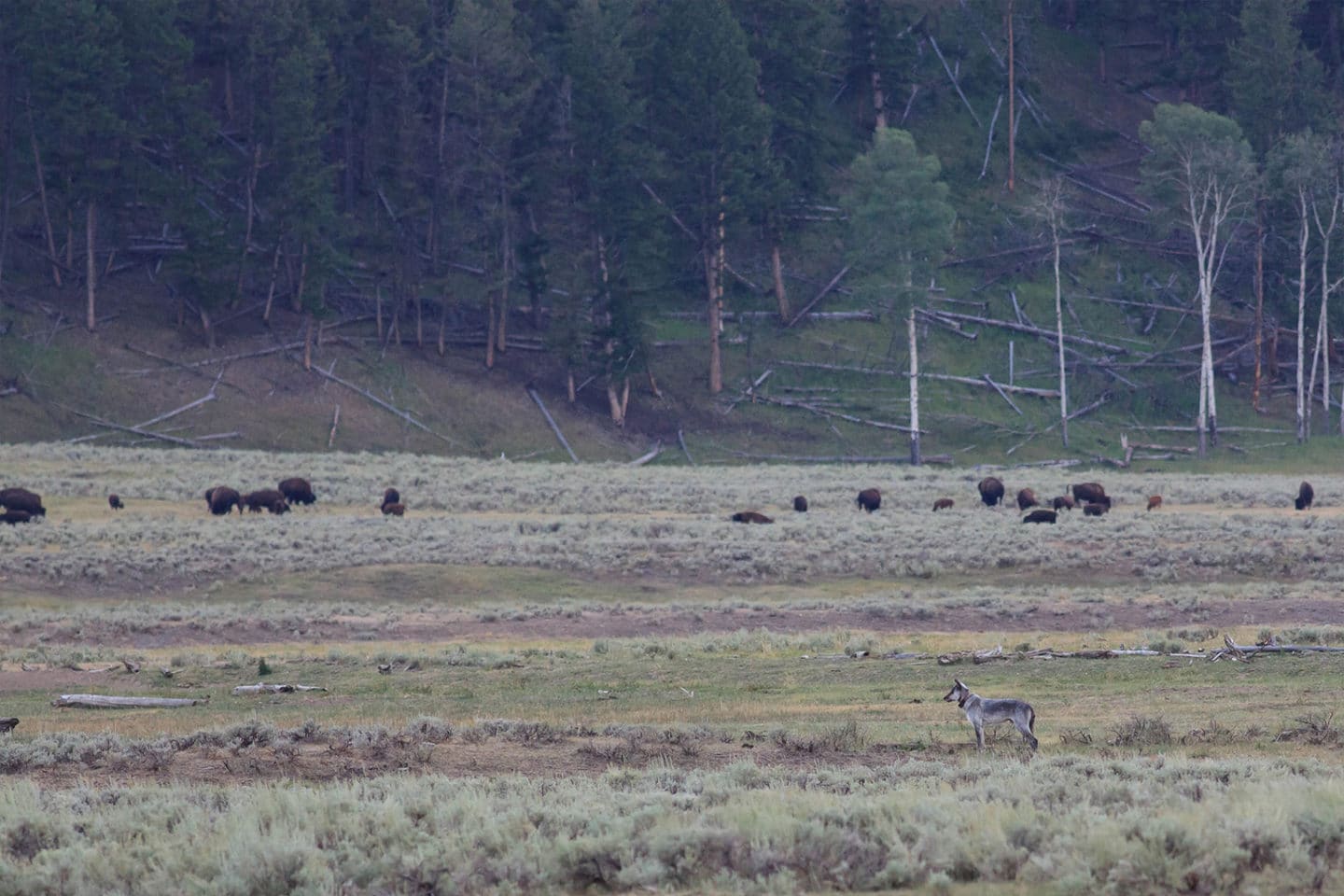
Standing in Lamar Valley, as thousands of bison graze amongst a scattered herd of pronghorn, as a pack of wolves howl to commiserate about the elk that got away, and as a grizzly bear meanders past a coyote and badger out cooperatively hunting for prey, we want our guests to to experience the consummate wonder of a genuine Yellowstone Safari.

